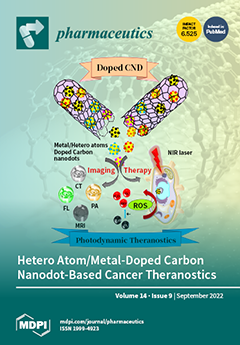Importance: Immune checkpoint inhibitors (ICI) have revolutionized the treatment for gastroesophageal cancers (GEC). It is important to investigate the factors that influence the response to anti-PD-1/PD-L1 ICIs.
Objective: To assess the benefits of PD-1/PD-L1 ICIs in advanced GEC and perform subgroup analysis to identify patient populations who would benefit from ICI.
Data sources: PubMed, Embase, Scopus, and the Cochrane Library databases were systematically searched from database inception to September 2021 for all relevant articles. We also reviewed abstracts and presentations from all major conference proceedings including relevant meetings of the American Society of Clinical Oncology (ASCO), and the European Society for Medical Oncology (ESMO) during the last four years (2018 to 2021) and reviewed citation lists.
Study selection, data extraction, and synthesis: Full articles and presentations were further assessed if the information suggested that the study was a phase 2/3 randomized controlled trial (RCT) comparing PD-1/PD-L1 inhibitor either alone, or in combination with standard therapy vs. standard therapy in advanced GEC. The full text of the resulting studies/presentations and extracted data were reviewed independently according to PRISMA guidelines.
Main outcomes and measures: The main outcomes were OS, PFS, and treatment-related adverse events (TRAEs).
Results: A total of 168 studies were assessed for eligibility, and 17 RCTs with 12,312 patients met the inclusion criteria. There was an OS benefit in the overall population with ICIs (HR 0.78; 95% CI 0.73–0.83
p < 0.001). Immunotherapy showed better OS benefit in males (HR 0.77 95% CI 0.72–0.83;
p < 0.001) than females (HR 0.89; 95% CI 0.80–0.99
p < 0.03), esophageal primary tumors (HR 0.70 95% CI 0.64–0.76
p < 0.001) vs. gastric cancer (HR 0.84 95% CI 0.74–0.94
p 0.002) or GEJ cancer (HR 0.84 95% CI 0.72–0.98
p 0.024) and in squamous cell carcinoma (HR 0.71 95% CI 0.66–0.77
p < 0.001) vs. adenocarcinoma (HR 0.85 95% CI 0.78–0.93
p < 0.001). PD-L1 positive patients seemed to benefit more (HR 0.74 95% CI 0.67–0.82
p < 0.001) compared to PD-L1 negative patients (HR 0.86 95% CI 0.74–1.00
p < 0.043), and Asians showed OS benefit (HR 0.76 95% CI 0.67–0.87
p < 0.001) compared to their White counterparts (HR 0.92 95% CI 0.74–1.14;
p 0.424).
Conclusions and relevance: ICIs improve survival in advanced GEC without significantly increasing the side effects. However, certain subgroups of patients such as males, Asians, and those with esophageal primary, PD-L1 positive tumors and squamous cell carcinoma benefit more from such treatments. Further translational research is needed to understand the mechanistic links and develop new biomarkers.
Full article






